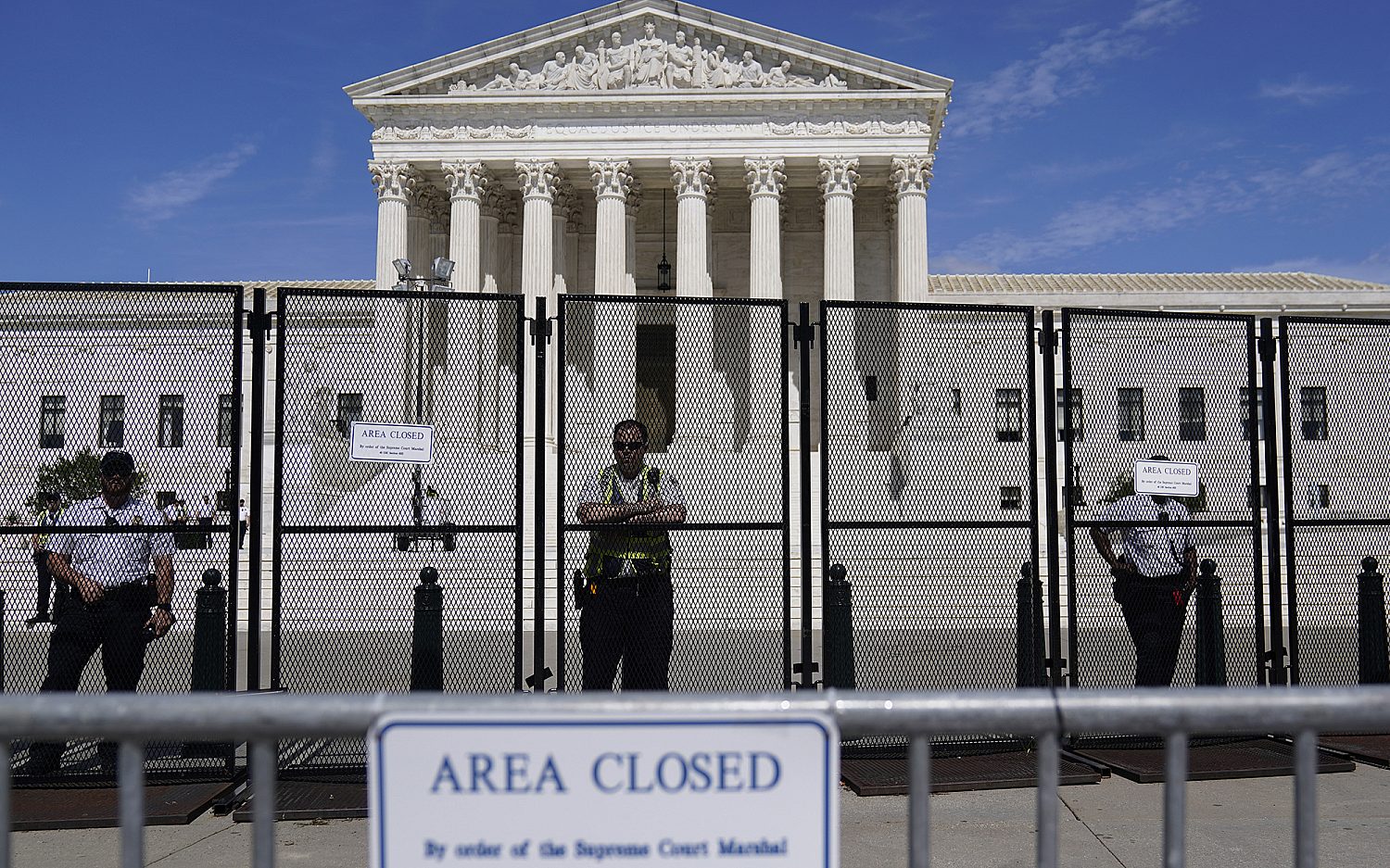Remembering the fallen
Virginians pay tribute to their comrades who died at D-Day
They were called the "Bedford Boys."
Thirty members of the National Guard's 29th Infantry Division bore the brunt of the D-Day invasion of Normandy 54 years ago today. Nineteen of them never came home. Two more Bedford soldiers from another division were also killed later on in the fighting.
"We had no idea it would be a disaster like this… we just walked into a hornet's nest," D-Day veteran Bob Sales told The News & Advance. Sales, a Lynchburg native, trained with some of the Company A men from Bedford. "The blood ran together," he said.
With a population of only 3,200 people in 1944, Bedford lost the highest number of soldiers per capita on D-Day. In 2001, the U.S. Congress voted to set aside a Bedford site for the National D-Day Memorial. Tonight, hundreds of luminaries at the memorial will commemorate the servicemen who lost their lives in the invasion.
A 44-foot, 6-inch tall arch-- symbolizing June 6, 1944-- is inscribed with the Allied code word for the invasion, OVERLORD. The imposing arch stares down at the memorial, which commemorates not only the Bedford Boys but also the 150,000 who risked their lives to invade the beaches of Normandy and turn the course of the war. According to the memorial website, the site is "emblematic of all communities, large and small, whose citizen-soldiers served on D-Day."
The massive 88-acre memorial receives upwards of 75,000 visitors each year from around the world, many of them D-Day veterans.
The Library of Virginia is compiling the stories of Virginians who served on the fatal day that changed the tide of war.
Robert C. Moss Jr. wrote stories, letters and even drew a map of Chef-du-Pont, Normandy, where he and other D-Day troops arrived by parachute in 1944. Moss crashed through the thatched roof of a stone barn.
As he swung from the rafters like a marionette and struggled to free himself from the nylon lines, Moss heard Germans approaching the barn. They fired through a window, missing Moss.
He pulled out his .45-caliber, fired an errant shot, then kept firing.
Moss caught one German with his frantic gunfire. "I did not see that man move again," he wrote. He then sliced the suspension lines with his knife.
"I went down flat and crawled to the door," Moss wrote. "I saw the other one standing about 5 or 6 feet away and shot him. He spun around and went backward and fell and lay there."
Moss, a Richmond native, had been working as a reporter in Waynesboro before he enlisted in 1942, leaving a wife and baby behind. He was a second lieutenant. His map, drawn with great precision, depicts roads, a creamery, chicken house and trees.
Around 11,000 Virginians ultimately died or went missing during the war.
"While people are still alive and their records - their letters, diaries, artifacts, medals - are still in family hands, we want to raise awareness that this is history," said Sandra Gioia Treadway, librarian of Virginia. "This 'Greatest Generation' is passing from the scene."
The Associated Press contributed to this report.
An actual newsletter worth subscribing to instead of just a collection of links. —Adam
Sign up to receive The Sift email newsletter each weekday morning for the latest headlines from WORLD’s breaking news team.




Please wait while we load the latest comments...
Comments
Please register, subscribe, or log in to comment on this article.